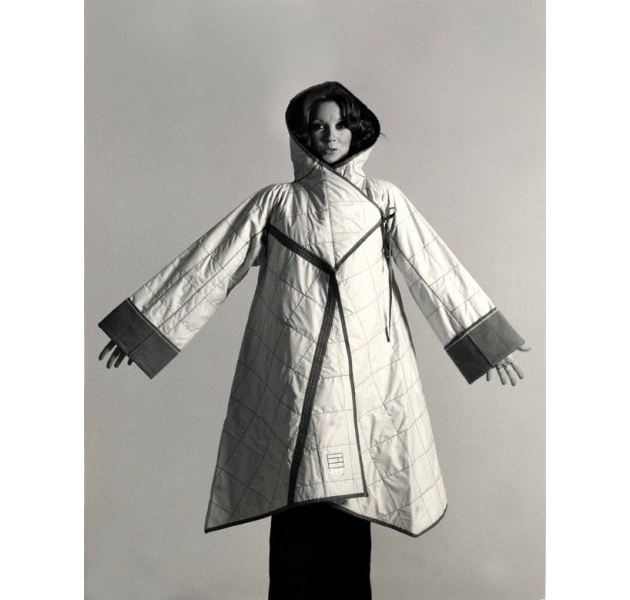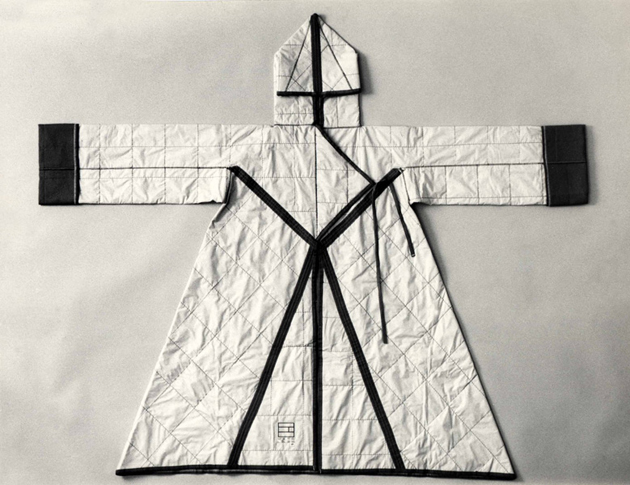
“My intention, then and now, is to untie the dress from its tailoring origins and from its subjection to the body and to fashion and its rules. I deal with the creation of dresses with a methodological approach typical of industrial design practice.”
These sentences reveal the philosophy to which Italian fashion designer Nanni Strada devoted her practice, as well as all her life. Nanni Strada, born in Milan “during war years” (as stated in her biography), has dedicated her life to rewriting the rules of fashion, establishing fashion as a practice spiritually linked more with industrial design than with art. Playing with her own native language, in 1971 she designs the so-called ‘habitable dress’ (abito abitabile): with no lining, no size, adjustable fastenings and no reinforcements, just kept together by so-called ‘welding stitches’, until then used solely in knitwear. The application of this technique to the creation of fabric itself brought Strada to further experimentations, perpetually seeking purism in architectural forms of clothes.
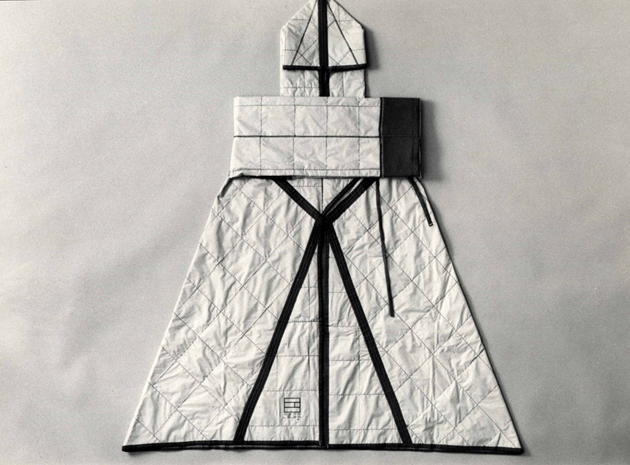
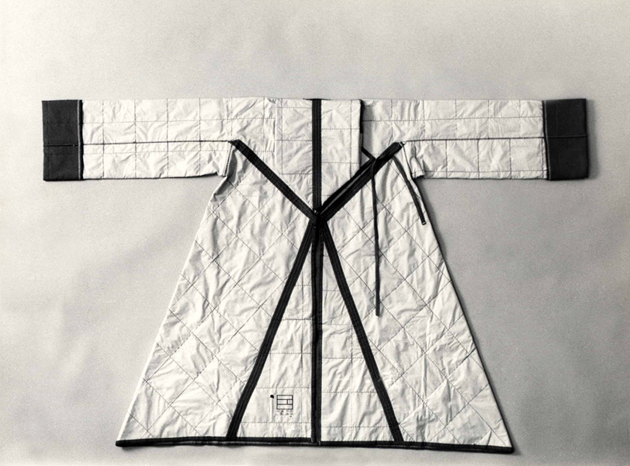
In 1974, she presents Il Manto e la Pelle (The Mantle and the Skin) – a documentary illustrating geometric, two-dimensional, compressible clothes assembled with futuristic stitching and tight tubular garments without seams – the seamless suit, a project developed in collaboration with Calza Bloch. This sartorial innovation opened new frontiers and broke the rules of pattern-making, opening new possibilities altogether in the fields of knitwear and underwear. The project, presented at the Milan Triennale, will eventually, in 1979, win the prestigious design award Compasso D’Oro. 1974 is also the year Mappamodello was published. It was a catalogue featuring designs conceived for the competition Arab-Islamic National Dress, which then formed the designer’s collection produced and distributed by Oriente e Cina, a shop in the centre of Milan. This publication combines structured, geometric clothing – Strada’s trademark – garments with an eastern origin, as well as pieces of workwear, all in one singular pattern.
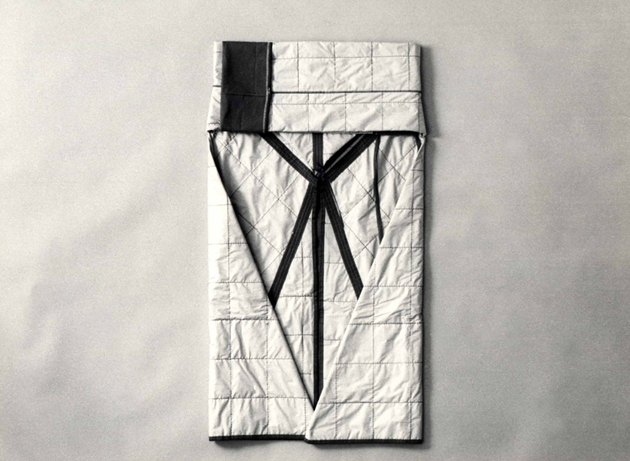
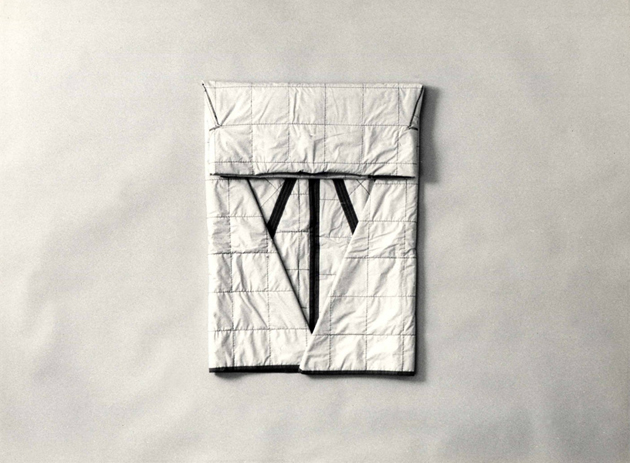
The interest in different cultures and places has always influenced her design practice, and travels have served as a moment of discovery and enrichment, translated into clothes that, once again, pushed the boundaries. The Torchons, another invention dated 1986, were dresses made in pure linen, to be kept furled to maintain the pleats in place, designed precisely for traveling: smart but still elegant, these were clothes that re-affirmed that fashion does not mean slavery to obsolete diktats, but has to be lived as a support to a life lived to the fullest. In 1988, Strada unites draped Indian linen and traditional Scottish tartan in her project The elegance of the hybrid. Not contamination, but hybridization. It served as a way to gather elements from different cultures and make them work together, to create a language that carries messages from different philosophies and traditions.
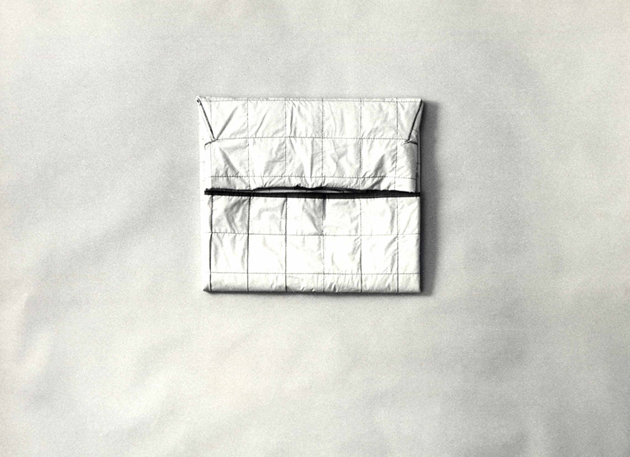
Capable of capturing the zeitgeist of the time – similar are the results of Issey Miyake, whose experimentation led him to succeed in ‘sculpting’ the fabric, with his famous pleats – Nanni Strada’s informal and timeless designs are still to be admired as examples of endless research and deep reflection upon the necessities of an ever-evolving reality.
